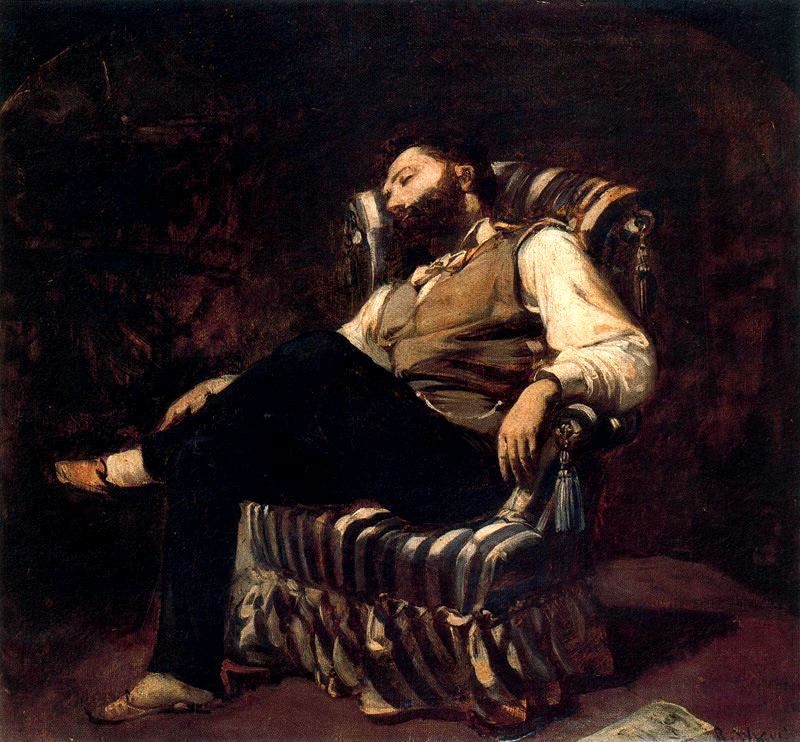Spain’s Prime Minister Wants to Formally Get Rid of Siestas
The afternoon nap has been on the ropes for years.

La Siesta, Ramon Martí Alsina, 1884. (Photo: Public Domain)
You should probably take an afternoon nap today. Or at least think about it.
If you have a job, of course, this might take some doing, unless you live in Spain, where siestas are a long, famous tradition, enabled in part by federal law.
The Spanish workday generally starts at 10 a.m., takes a lengthy break at 3 p.m., and then ends around 8 p.m., with dinner often not until 10 p.m.
The origins of this arrangement are a little mysterious, though most seem to agree that farm workers took up that schedule decades ago, mostly to escape the searing summer heat.
The practice got a boost in 1942, when Spanish dictator Francisco Franco pushed the country’s clocks permanently forward an hour, aligning with Germany’s time zone, to keep in step with Franco’s ally Hitler.
But for years now, siestas have been on the decline. In 2006, government employees started working 9-to-5, while most other workers kept to the old schedule.
And now Prime Minister Mariano Rajoy wants to formally bring everyone into the fold, in part to be more economically competitive with the rest of Europe.
Rajoy said last week that he would move forward with a law ending the Spanish workday at 6 p.m. if he can form another government, following Spanish elections in December that did not decide a clear winner. That may still be an open question, though opposition parties have also said they would go forward with similar proposals.
Which means that you should get your naps in now. It’s always three o’clock somewhere.









Follow us on Twitter to get the latest on the world's hidden wonders.
Like us on Facebook to get the latest on the world's hidden wonders.
Follow us on Twitter Like us on Facebook